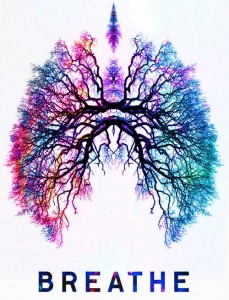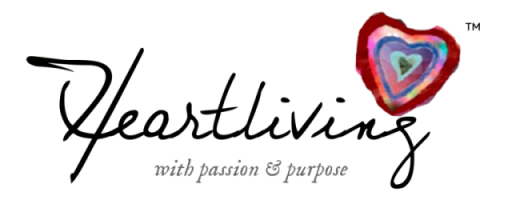 Your breathing patterns reflect your engagement with your world. As a certified Breathwork practitioner, I was trained to evaluate a person’s breathing patterns, understanding that the “in-breath” is considered “our will” (our connection with life) and the “out-breath” (or exhale) is considered to represent our relationship to God’s will (the process of surrendering and letting go). Interestingly when a person is anxious or trying to control life, he or she typically has a short exhale pattern.
Your breathing patterns reflect your engagement with your world. As a certified Breathwork practitioner, I was trained to evaluate a person’s breathing patterns, understanding that the “in-breath” is considered “our will” (our connection with life) and the “out-breath” (or exhale) is considered to represent our relationship to God’s will (the process of surrendering and letting go). Interestingly when a person is anxious or trying to control life, he or she typically has a short exhale pattern.
Throughout the day, check in with your breathing. Is it shallow and tight? Are you tense, angry, anxious, or relaxed? If so, it is most likely reflected in your breathing. You might even be holding your breath as a way not to feel your emotions, particularly if they are negative.
Your breathing serves to connect you with yourself and others, so that not breathing fully can be an unconscious defense mechanism for disconnecting from emotions you’d rather not feel. Even though shallow breathing can lessen your ability to feel your emotions, it can also repress them so that you create a pressure cooker of emotions internally, creating dis-ease in the body.
To promote better health:
- Check in with your breathing periodically throughout the day. Are you taking short, shallow breaths or is your breathing deep and relaxed?
- Decide what you have going on emotionally and how does your breathing at that moment might reflect this?
- If you realize that your breathing is shallow, take deeper breaths and check in with how you are feeling.
- Are you able to expand the lower abdomen as you breathe in, opening the lower chakras with the breath? (A chakra is an energy center in the body. My energy medicine teacher, Caroline Myss, suggested that all disease originates in blockages in the first 3 chakras.)
With every inhalation, mentally reinforce that you are opening your body to a healthy flow of energy. The dance of your breathing will tell you much about your relationship to life!
